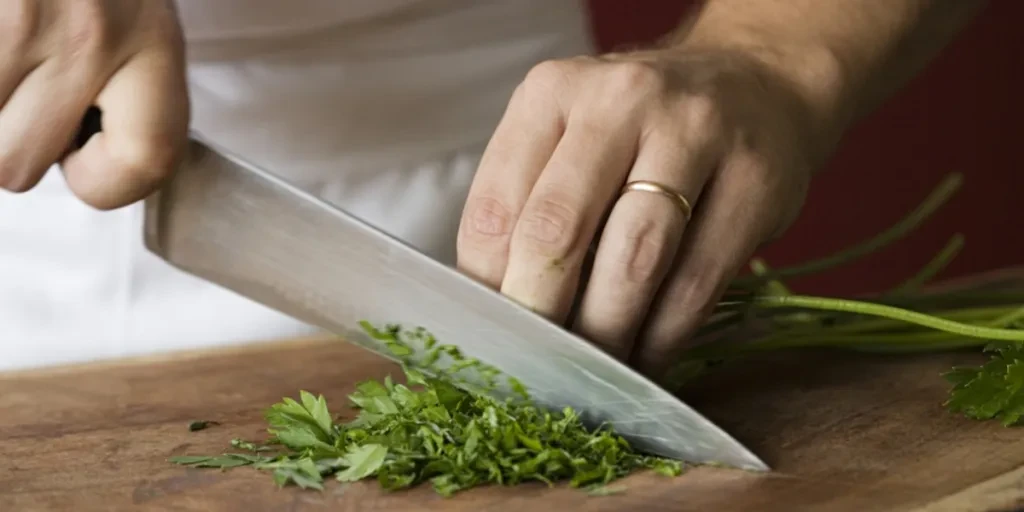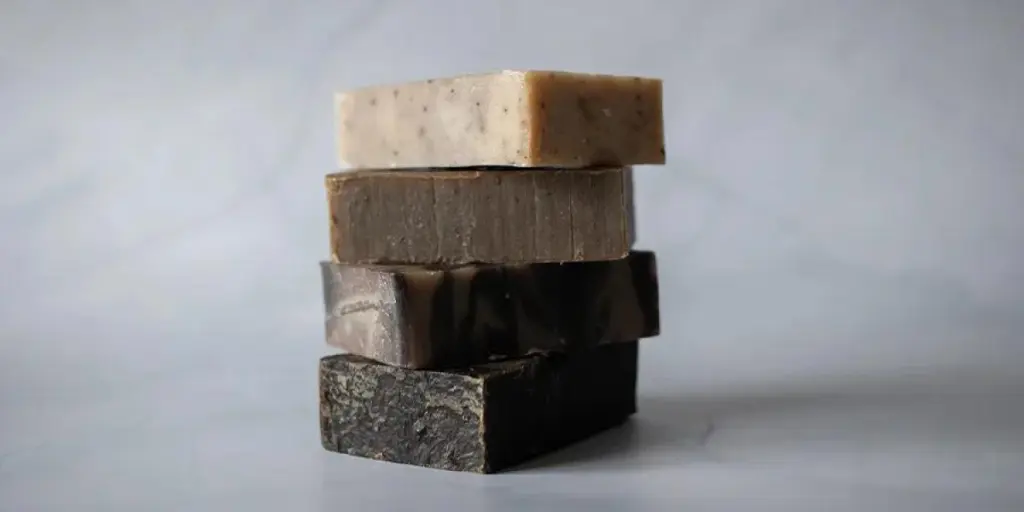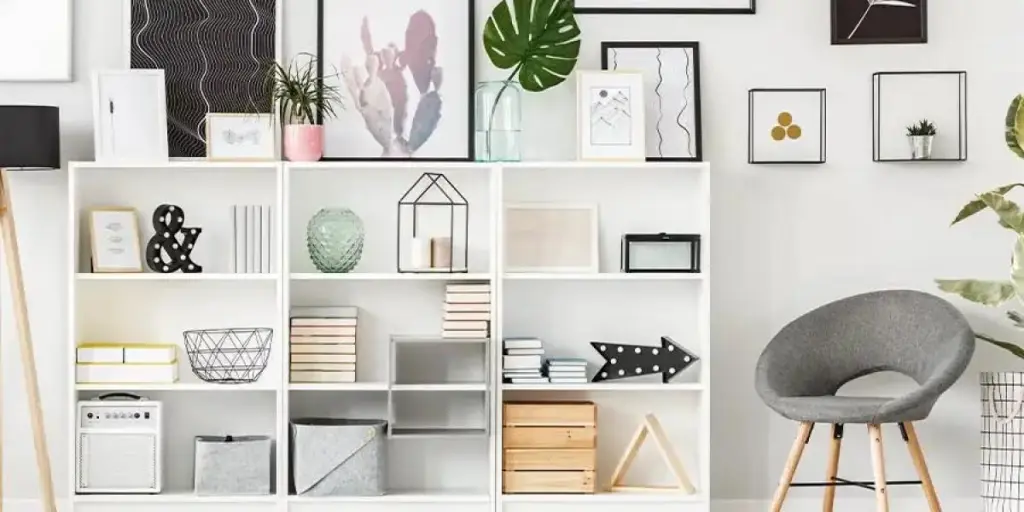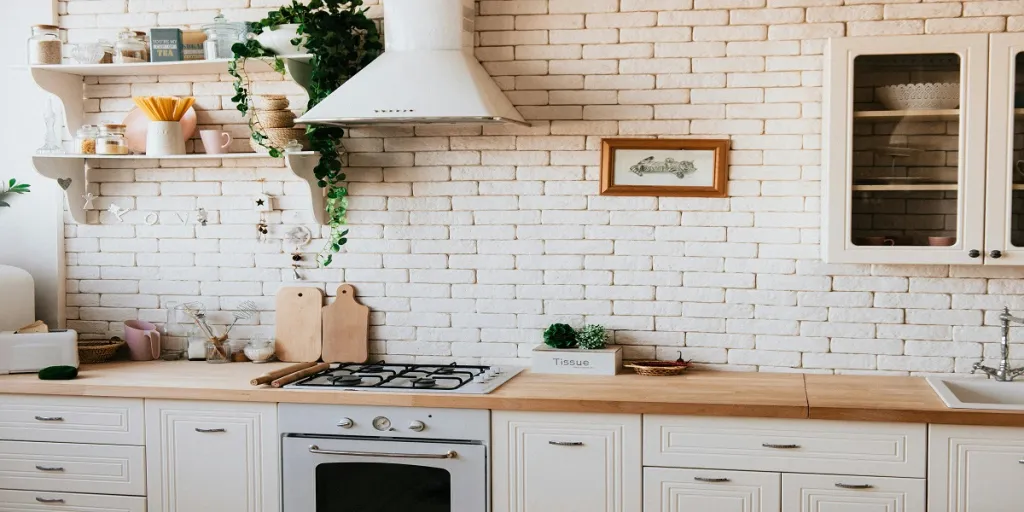Chef knives are a cornerstone in most kitchens. From dicing onions and mincing garlic to slicing through hefty cuts of meat, they easily tackle many daily cooking tasks. Because these versatile knives can make or break a cook’s routine, they often become the first—or sometimes the only—high-quality blade a home cook invests in.
Interestingly, this also means retailers can leverage this kitchen utensil’s potential by showcasing the right lineup. But what should they know before jumping into this market? This guide will show businesses everything they need to set themselves up as a place where customers can find practical kitchen tools they can rely on for years.
Table of Contents
Understanding the role of a chef’s knife
Market demand
What consumers look for when picking a chef’s knife
1. Material choices
2. Construction: Forged vs. stamped
3. Considering handle design
4. Dimensions and popular sizes
5. Bundling and cross-selling
6. Maintenance advice
A few display and merchandising tips to consider
Closing thoughts
Understanding the role of a chef’s knife
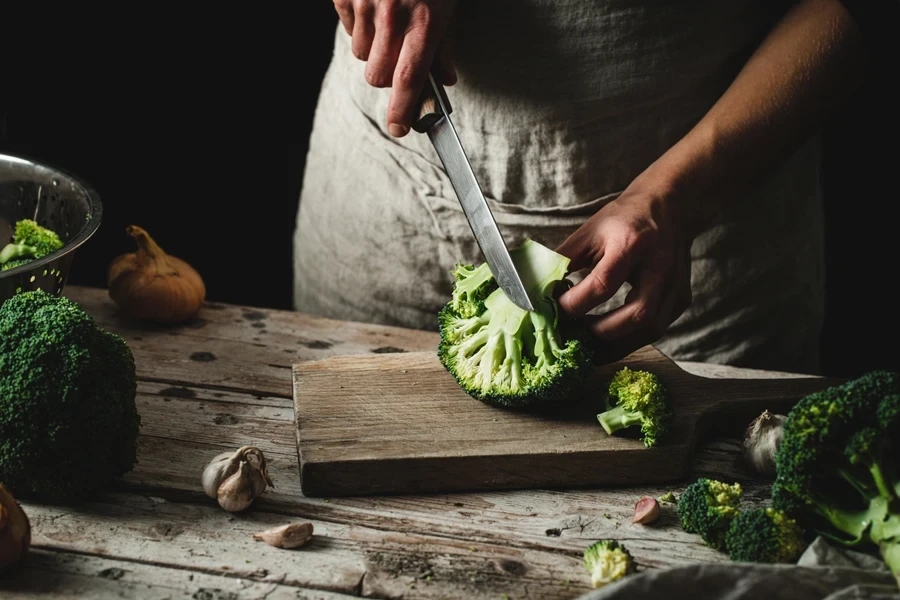
Chef knives are designed to handle most general prep work in the kitchen. Home cooks appreciate its ability to handle delicate slicing (like tomatoes or herbs) just as easily as it tackles denser foods (like squash or roast chicken). Similarly, professional chefs often have entire blocks of specialized cutlery, yet many still rely on a solid chef knife for most of their slicing, dicing, and chopping.
Because this blade is such a key piece of a culinary toolkit, a customer looking for one is usually willing to spend at least a moderate amount of money on it. Shoppers often see a chef’s knife as an investment rather than just another utensil. This perspective makes it worthwhile for retailers to carry a thoughtful assortment of knives that range in style, material, and price.
Market demand
Chef knives remain a year-round kitchen essential, but certain periods bring higher demand. Gift-giving seasons like birthdays and winter holidays can drive sales among people seeking practical but impressive presents. Wedding season also presents a valuable opportunity—newlyweds often add quality knives to their registry.
Check out what Google says about it: Chef knives consistently attracted 110,000 searches in 2024. However, that number increased to 165,000 in December and peaked at 201,000 searches in January. Hence, offering gift sets or special packaging during these times can attract attention from shoppers in search of something memorable.
What consumers look for when picking a chef’s knife
1. Material choices
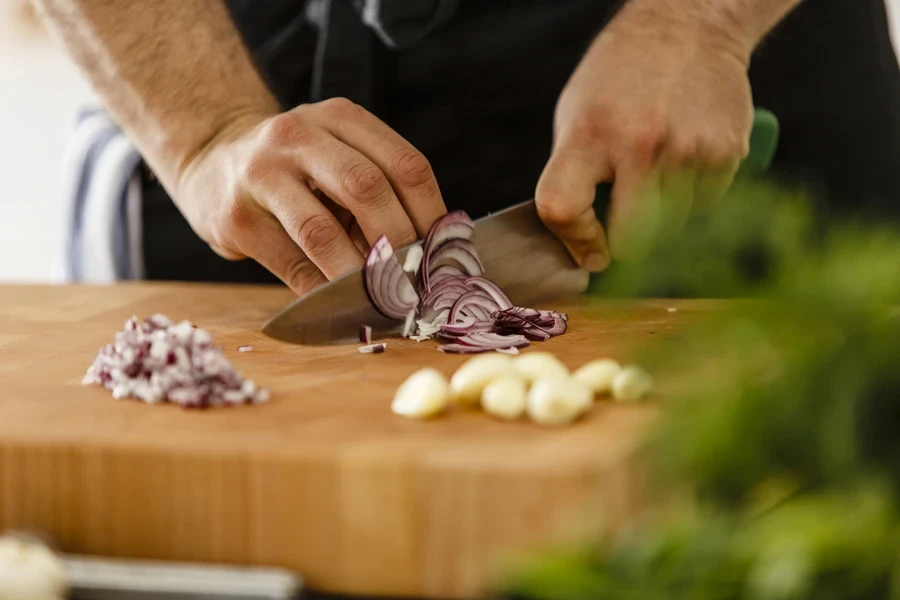
Shoppers who come in specifically for a chef knife tend to have questions about metal composition or prefer a certain type of steel. There are a few common varieties:
- Stainless steel options are usually easy to maintain and resistant to rust. They often appeal to casual cooks who don’t want to worry about wiping the blade dry immediately after every use.
- High-carbon stainless steel blends the sharpness and edge retention usually found in carbon steel with the lower maintenance benefits of stainless steel. It’s popular among semi-serious home cooks and people who appreciate a sharper edge without meticulous upkeep.
- Traditional carbon steel can hold an impressively sharp edge but is prone to patina or rust if neglected. Customers who gravitate toward this material typically know it needs regular drying and occasional oiling.
- Ceramics has its niche, too. It starts extremely sharp and won’t rust, though it’s more susceptible to chipping if used on tough ingredients or handled carelessly.
Carrying at least two or three of these materials can help a store speak to different buyers—some who want convenience and others who relish the higher performance (and ritual) that might come with extra maintenance.
2. Construction: Forged vs. stamped
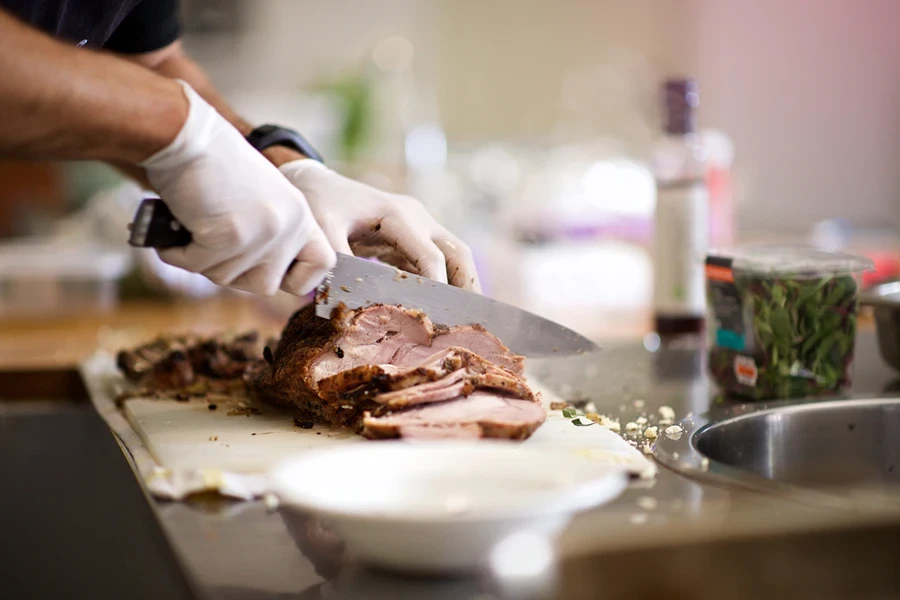
Even if the typical home cook doesn’t ask for details about manufacturing, many will notice a difference if they try the knives in person. Forged knives are heated and hammered from a single piece of steel, creating a thicker bolster and a generally sturdier feel. This often places them in a higher price bracket, but they can attract those looking for longevity and balance in the hand.
Cut from a larger metal sheet, stamped knives are lighter, easier on the budget, and well-suited for shoppers who want something dependable yet affordable. Modern stamping processes have improved considerably, so these knives can still perform well for daily meal prep.
3. Considering handle design
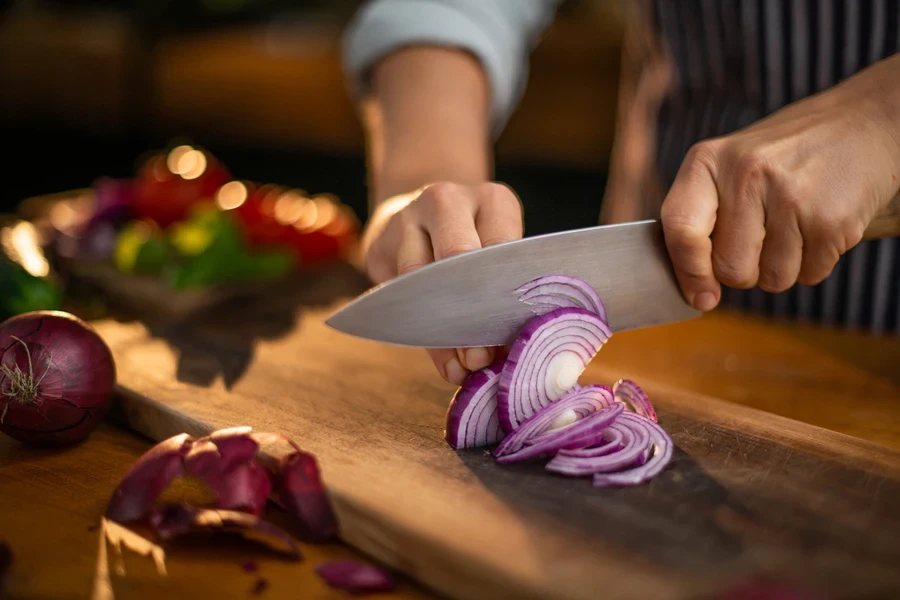
Blade sharpness is the obvious draw, but the handle can make a lasting impression, especially if someone’s cooking for extended periods. Some customers like wood’s warm look and tactile feel, while others prefer synthetic handles for easy cleaning and a secure grip. A few like the seamless, all-metal approach for a more contemporary style. Retailers who display sample knives (where it’s safe and permitted in stores) can help customers quickly figure out which handle feels right in their hands.
4. Dimensions and popular sizes
Chef knives usually hover between six and twelve inches in blade length, though the eight-inch size is a standard that pleases most home chefs. It’s long enough to handle large produce, yet not so long that it’s unwieldy. Stores might also stock a few larger versions (ten or more) for professionals or people who love prepping big batches. Smaller six-inch options can feel more comfortable for shoppers with limited workspace or those who prefer a lighter blade.
5. Bundling and cross-selling
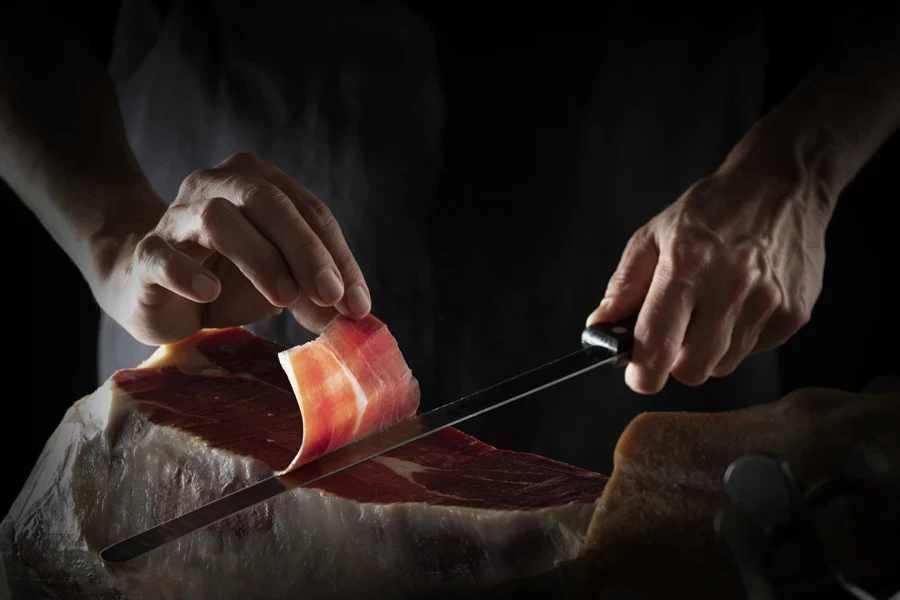
Pairing chef knives with complementary products often boosts overall sales. For example, a small discount on a high-quality honing rod or a recommended cutting board can encourage customers to purchase both items together. Bundles are more like a complete solution than an isolated purchase. So, demonstrating how a honing rod or sharpening stone prolongs a blade’s lifespan might also reassure shoppers that they’re making a sensible investment.
6. Maintenance advice
Providing clear cleaning and maintenance instructions can reduce returns or dissatisfaction. Most knives fare better with hand-washing and quick drying, especially if they contain higher carbon content. For this reason, businesses should print simple notes like “Hand wash and towel dry—avoid the dishwasher” on small cards or include them in online product descriptions. Customers who understand these basics will likely be happier with their purchase in the long run.
A few display and merchandising tips to consider
Retailers with physical locations should consider secure, clear displays so customers can view the blade shape and handle details. If local regulations and safety policies allow it, tethering a demo knife or two at a testing station is a practical way to let customers feel the balance before they decide.
On the other hand, online shops often use detailed photography and thorough descriptions to showcase the blade from multiple angles. Mentioning blade length in inches, steel composition, and any unique selling point (like a comfortable grip or a particular forging technique) can also help a customer make an informed decision.
Closing thoughts
Stocking chef knives is an opportunity to serve a broad range of kitchen enthusiasts. Although it’s tempting to pile on an array of similar-looking blades, a curated approach with distinct material, construction, and price variations can lead to better sales and happier customers.
Transparency about each knife’s attributes (whether forged or stamped, the type of steel, or care tips) helps buyers make a confident choice. Ultimately, it’s about matching the right blade to the right shopper so they walk away feeling they’ve found the perfect tool for their everyday cooking adventures.
